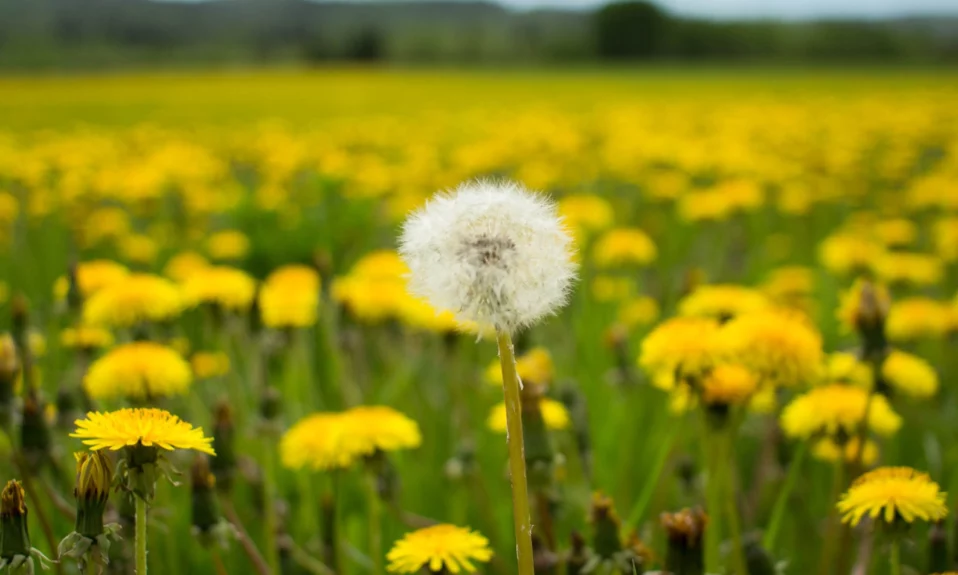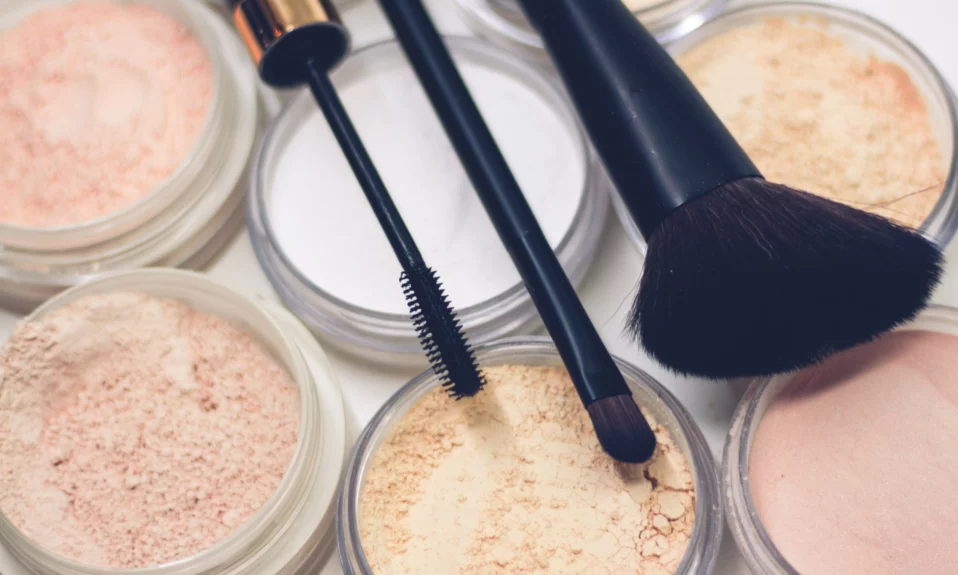
If I asked you to name a bird with beautiful feathers, how long would it take you to name a peacock? Probably in a fraction of a second!
Indeed, having beautifully patterned feathers and brilliant colors makes peacocks such fantastic creatures that they have been an aesthetic and scientific resource for thousands of years. So, today we will read more about the colors of peacock feathers. Let’s go!
- What are the types of peacock species?
- What is the reason for the color of peacocks?
- What are the common colors of peacocks?
- What is the rarest color of the peacock?
- What is the color of peacock eggs?
- What colors do peacocks see?
- What is the peacock color code?
- What color goes with peacock colors?
- Do you want to be inspired by the colors of the peacock? Look at these palettes!
- Last line
What are the types of peacock species?
Peacocks are the kind of gorgeous and beautiful birds that are famous for having a big tail and a colorful head. If you’ve seen them, you might think they’re a little arrogant (maybe they’re right!). Although peacocks exist in different colors and sizes, their species are limited.
Indian peacock
The most famous and well-known peacock is the Indian peacock. We find them in India, Sri Lanka and parts of East Asia. Their male type has a bright blue head and body and a blue-green tail. Their female type, which is called peahen, has a green or blue head and a dull and short brown body and tail.
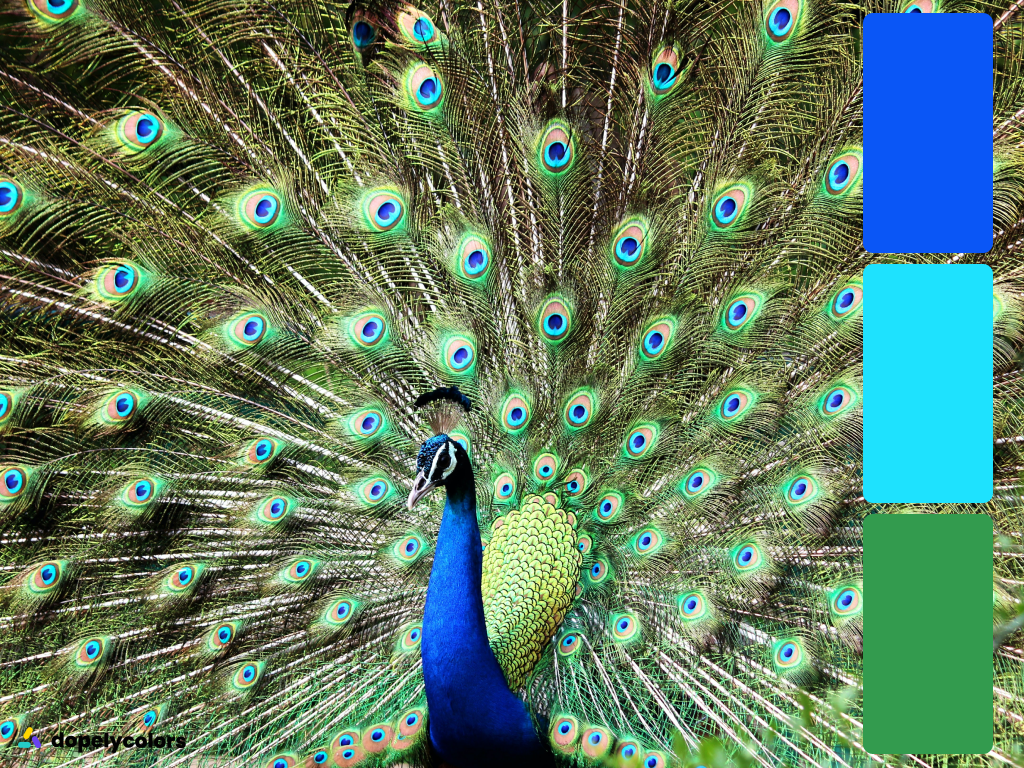
Green peacock
Another name for this species is Javanese, because they exist on the Indonesian island of Java, which is in Southeast Asia. In this species, the males have a dark green head, crown and body, which completely distinguishes them from the Indian species. But the female species have short feathers and a shade lighter than green and are more often seen in light green.
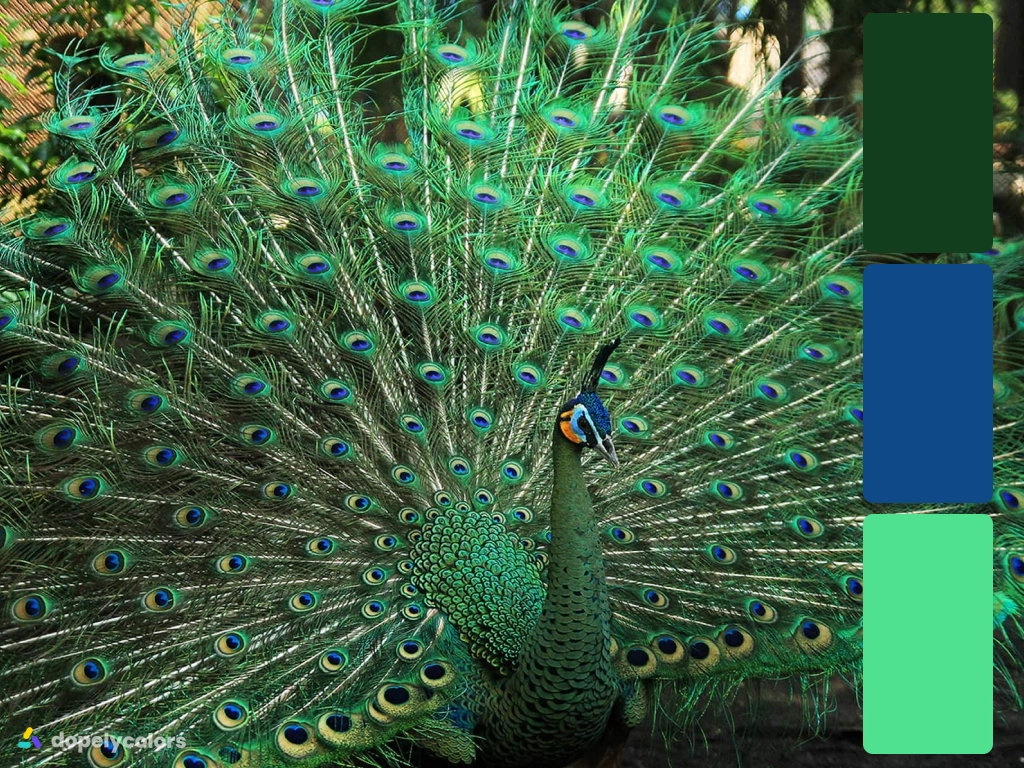
Congo peacock
Recently, a species of peacock has been discovered that is native to Africa and we know them as the Congo peacock. The interesting thing is that this species is more similar to pheasants than colorful peacocks. Males of this species have short stature, blue body and short tail that lacks bright colors. In contrast, their females have green and brown colors and are more beautiful than males.

What is the reason for the color of peacocks?
The strange thing about peacocks compared with other birds is that they don’t get their color from pigments alone. In fact, peacocks get their color from a combination of pigments and photonic crystals. As a result, according to the distance of these crystals and the angle of the light shining on the feathers, they reflect different wavelengths of light. That’s why it looks like peacocks have a rainbow of different colors.

What are the common colors of peacocks?
Among peacocks, 4 colors are more common than other colors. They include iridescent shades of blue, yellow, green and brown.
Iridescent Blue Color:
Some species of peacocks have a head and neck of iridescent and bold blue color. So, the name of this species of peacocks is also called blue peacock. We also found this color in the feathers of peacocks. Actually, when the photonic crystals create a net of 9 to 12 rods that contain melanin and are placed at a distance of 140 nanometer (nm) from each other, the blue color appears. In fact, they reflected light to the viewer’s eye at wavelengths that are in the blue spectrum.
Fun Fact: Peacocks with blue eye spots on their tails are among the healthiest peacocks.

Green color
These types of peacocks have a green head and neck. Both species that are blue and green have feathers with a dominant green color. To form this color, photonic crystals form a square net that comprises 10 rods and are also placed at a distance of 150 nm from each other. As a result, when light hits this structure, the reflected wavelengths are in the green part of the spectrum.

Mellow yellow color
Actually, there are no yellow peacocks. We can see this color only in all or part of the barbule of peacocks (feather-like strands of peacocks). The crystal network that makes this color comprises 6 rods that are placed at a distance of 165 nm from each other.

Brown and copper color
Therefore, there are shades of these two colors almost on the tail and body of different peacocks. We have seen even some rare mutations in these colors, like deep brown. For example, the Buford Bronze species has a chocolate brown tail and dark brown eye spots. So, to form these colors, it placed a rectangular crystal lattice with 4 rods at a distance of 150 to 185 nm from each other.

White color
There are rare species of white peacocks, which actually came from mutations in the pigments of blue and green species. These species are not really devoid of pigments, but the pigments they produce are deposited and not visible, which is called Leucism and is seen in almost all animals.
These conditions make peacocks to be mostly or completely white. Leucism female species are born yellow and gradually turn white as they mature. Besides these, there are peacocks that are albino. They lack pigment or melanin, that’s why their whole body turns white and the pupils of their eyes are pink or red.

Other colors
Apart from these colors, there are other colors, all of which result from a genetic mutation in Indian peacocks. These colors include Violet, Cameo, Charcoal, Opal, Bronze, Peach, Midnight, Jade, Taupe, Sonja’s Violeta, Hazel and Indigo. Most of these colors appear almost in the eyespots on the tail of peacocks. All these colors are recessive. This means that if peacocks with these colors breed with Indian peacocks, all of their offspring will show the dominant blue color and look like Indian peacocks.

What is the rarest color of the peacock?
The rarest color among peacocks is white. As mentioned earlier, it created most of the white peacocks from a genetic mutation called leucism from Indian peacocks, and some others suffer from albinism due to lack of color. Because they have exquisite feathers and white bodies, they are considered and, in a word, the bride of birds.

What is the color of peacock eggs?
Actually, for male peacocks, the age of sexual maturity is 2 years and for female peacocks, it is 3 years. Unlike other birds, male peacocks are not monogamous and usually reproduce with 4 to 7 different females in a year. Each type of female also lays 4 to 7 eggs.
Besides, the color of peacock eggs is pale and light brown; and the chicks hatch after about a month and they are light yellow to brown.
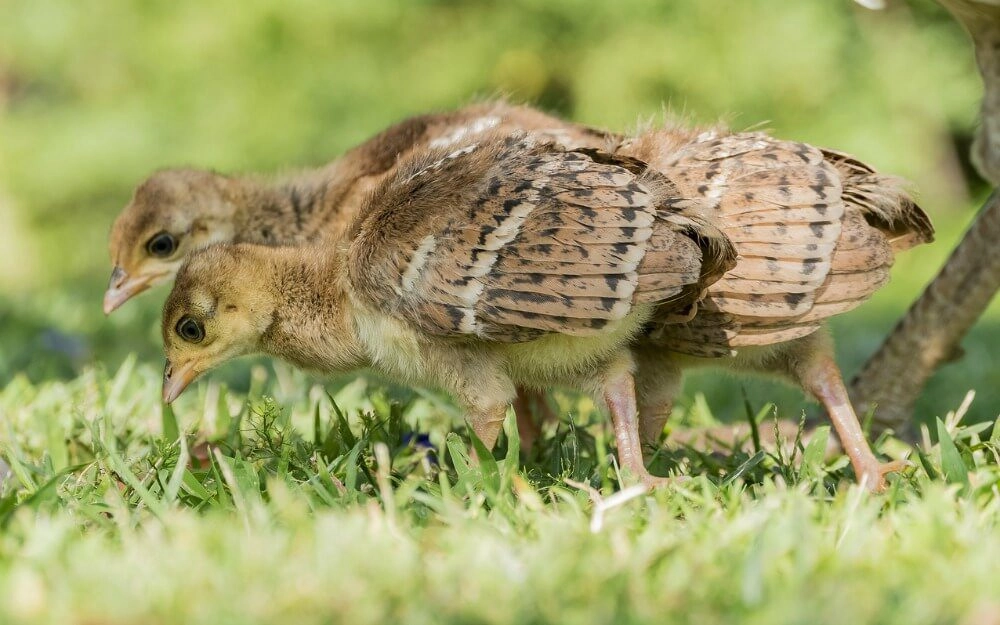
What colors do peacocks see?
Unsurprisingly, not all creatures see the world in the same way. Indeed, we and other animals do not see the same colors when we look at the same object. This issue has become a new topic of research. That our worldview differs from other creatures and birds.
Unlike us, who have 3 types of cone cells in our eyes, birds have 4 types of cone cells in their eyes. So, what does it mean? This means that they can see more colors than us.
In addition, birds, including peacocks, can see ultraviolet rays. Therefore, when a peacock looks at its mate, it cannot see the beautiful blue and green rainbow that we see. But peacocks have a simpler and brighter color display than us. The same thing makes the eyespots in the tails of peacocks to be seen more clearly from the eyes of other peacocks.

What is the peacock color code?
Indeed, there are two types of colors whose names and colors it derived from peacocks. You can find their code below!
Peacock Blue color code (#0F2CB3) ⬈
Peacock blue color is available with hex code #0F2CB3. It took this color from the male Indian peacock. Its RGB code values include 15, 44 and 179, respectively. Also, for CMYK code values, 92, 75, 0 and 30 values can be mentioned, respectively. Besides, its brightness is 70% and its saturation is 92%.

Peacock Teal Color Code (#0C7478) ⬈
The hex code for this brilliant color is #0C7478. It actually taken this color from the bright and beautiful tail color of male Indian peacocks. Its CMYK values include 90, 3, 0 and 53, respectively. Also, RGB values are equal to 12, 116 and 120. Besides, the brightness of this color is 47% and its saturation is 90%.
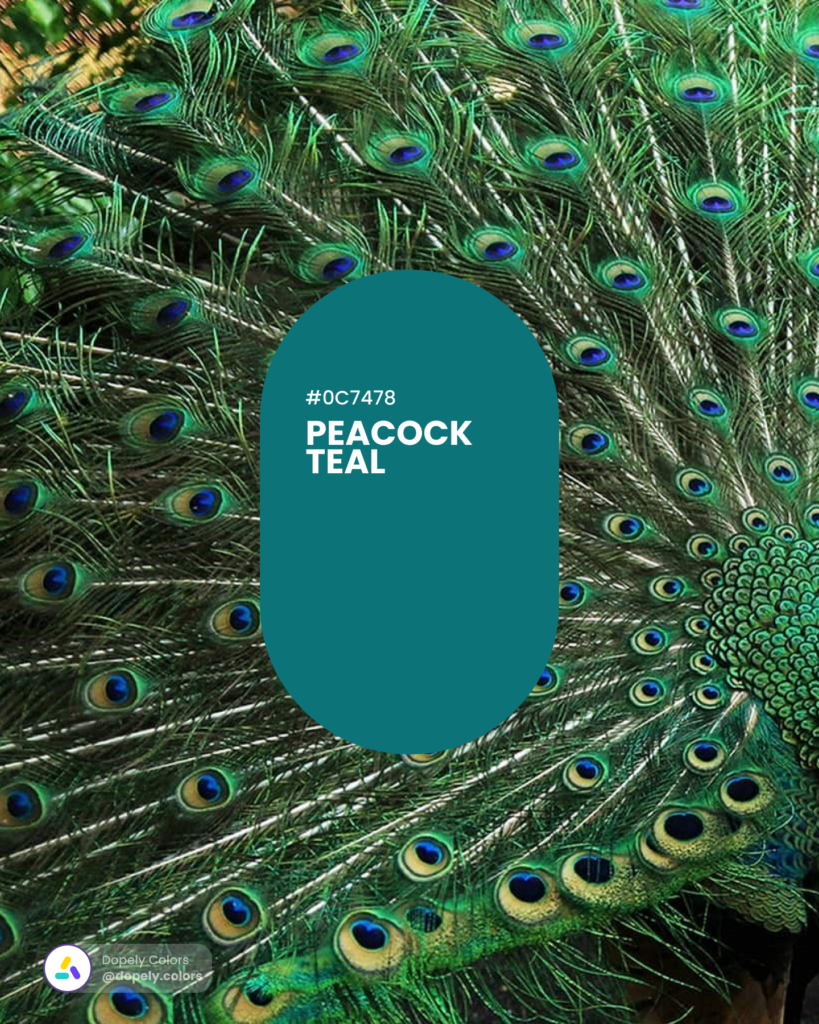
What color goes with peacock colors?
Using the color wheel, you can name the colors that match the two colors of peacock blue and peacock teal. Below are the colors that can be used with these two colors:
What color goes with Peacock Blue?
Complementary palette:
This beautiful color is complemented by Gold Foil (#B3960F). Thus, this color palette is the best way to attract attention because of its notable contrast.

Analogous palette:
Additionally, Peacock Blue is like Interdimensional Blue (#440FB3) and Star Command Blue (#0F7EB3).
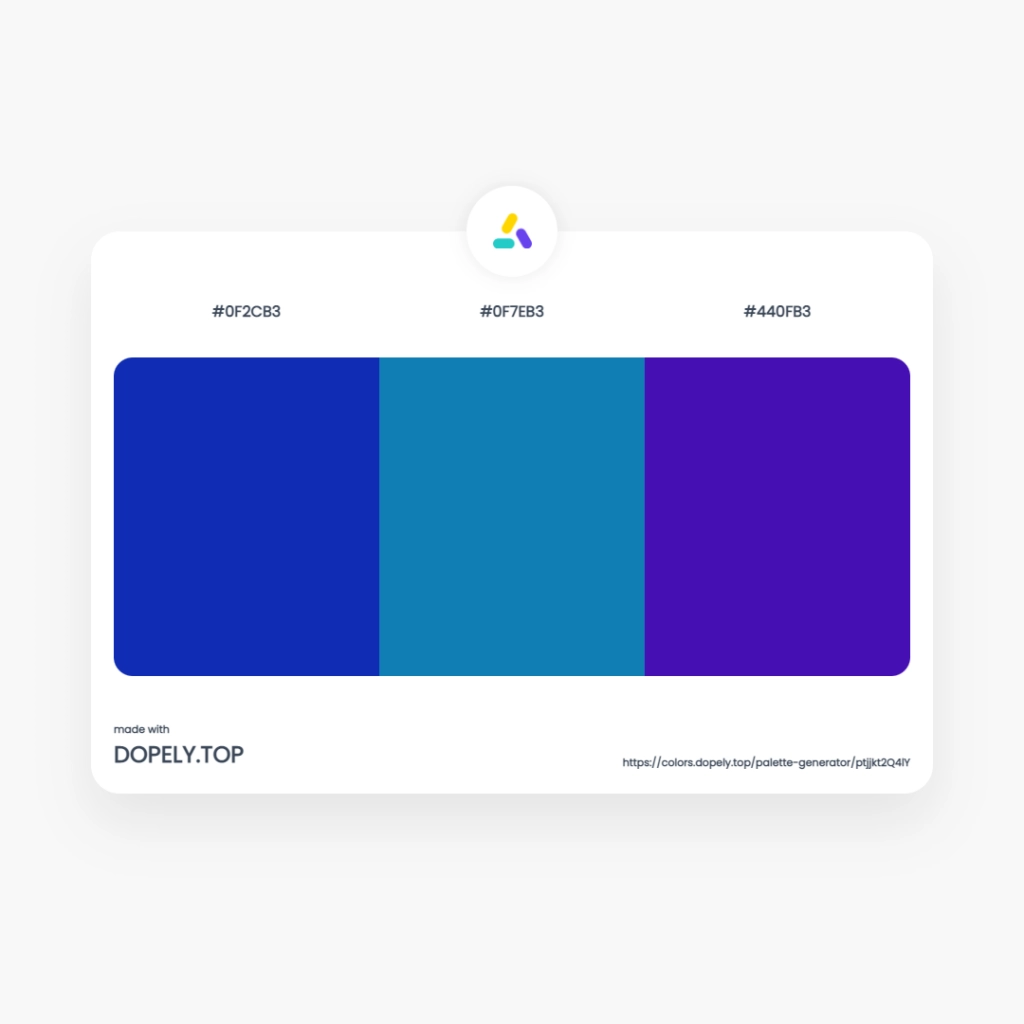
Split-Complementary palette:
In fact, the two colors that sit next to Peacock Blue in this palette are Rust (#B3440F) and Dark Lemon Lime (#7EB30F).

Square palette:
The presence of three colors, Medium Violet-Red (#B30F7E), Gold Foil (#B3960F) and Green (#0FB344) along with Peacock Blue make up this palette.

Tetradic palette:
By using the colors Gold Foil (#B3960F), Wine Red (#B30F2C) and Iranian Green (#0FB396) along with Peacock Blue, you can also have a tetradic palette.

Triadic palette:
Indeed, the combination of peacock blue, wine red (#B30F2C) and green yellow (#2CB30F) forms a beautiful and attractive triadic palette.

What color goes with Peacock Teal?
Complementary palette:
Complementary colors are opposite each other on the color wheel and create the highest contrast. Therefore, complementing the peacock teal color is UP Maroon (#78100C).
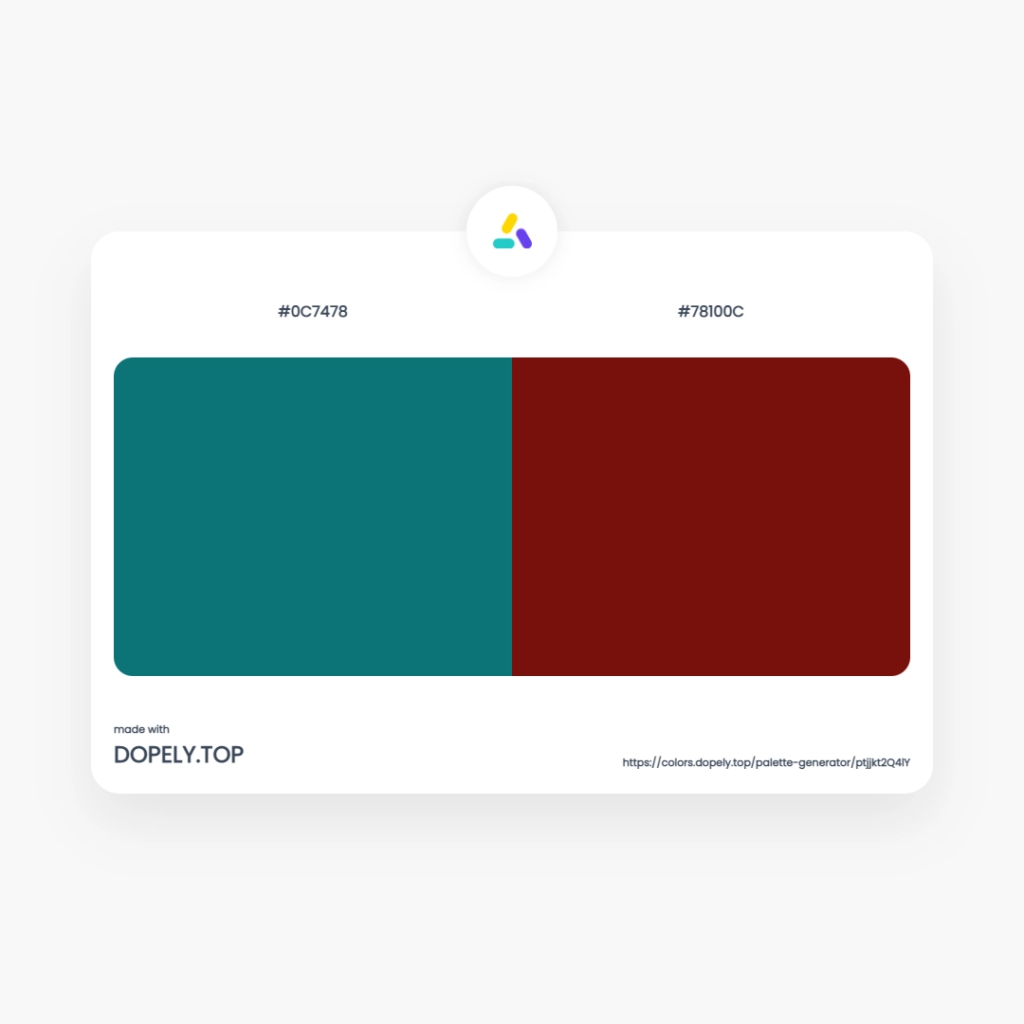
Analogous palette:
Besides, to have a nice analogous palette of peacock teal, use Dark Spring Green (#0C7846) and Dark Cerulean (#0C3E78).

Split-Complementary palette:
The combination of Peacock Teal with Sepia (#78460C) and Claret (#780C3E) creates an eye-catching complementary palette. Because this composition does not have contrast as much as the complementary composition and is more pleasing to the eyes.

Square palette:
For many colors, the square palette always has more beautiful colors than the tetradic palette. Even though both of them comprise 4 colors. So, the Peacock Teal square palette also includes Indigo (#460C78), Metallic Green (#3E780C) and UP Maroon (#78100C).
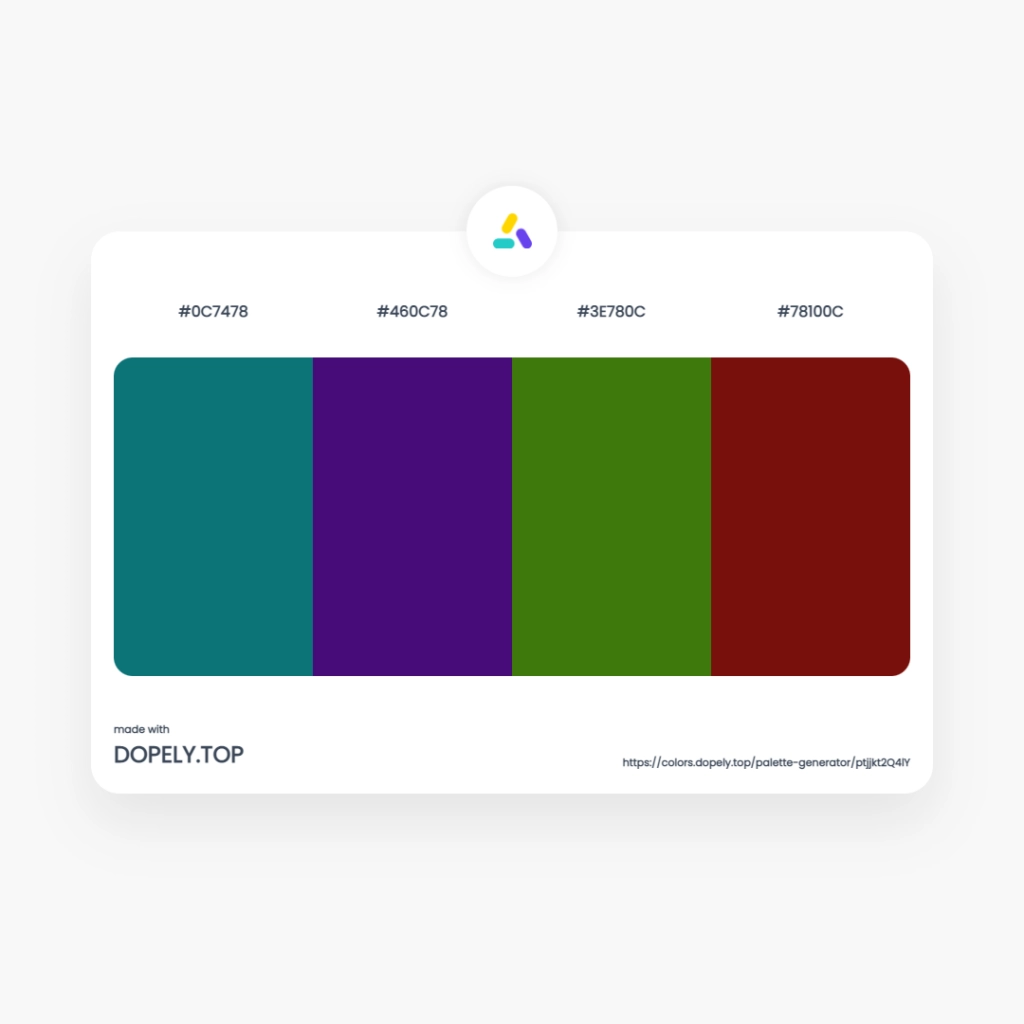
Tetradic palette:
The 3 colors that are included with Peacock Teal in this palette include India Green (#0C7810), Philippine Violet (#780C74) and UP Maroon (#78100C).

Triadic palette:
Also, this beautiful palette can be achieved by combining Peacock Teal, Philippine Violet (#780C74) and Bronze Yellow (#74780C).
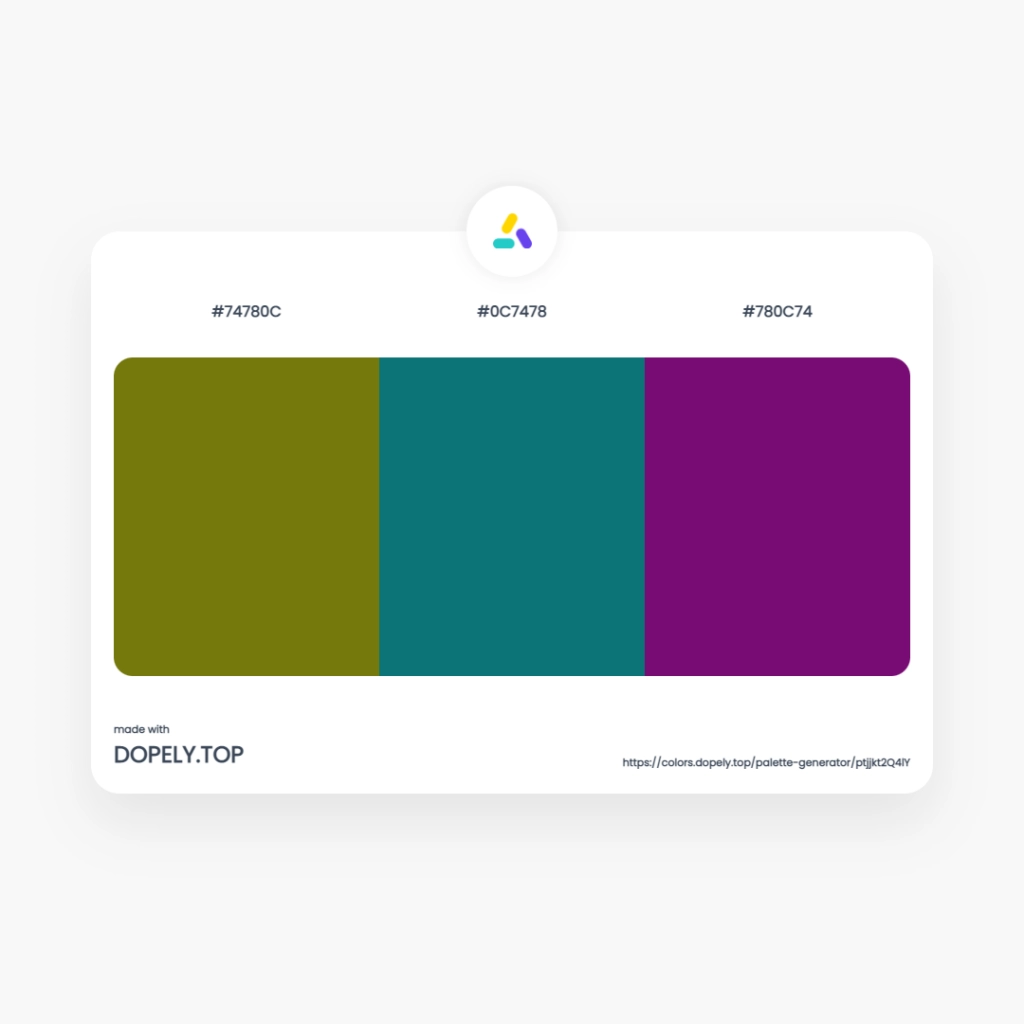
Note: To have and create any of these palettes, you can always count on the help of Dopely color palette generator.
Do you want to be inspired by the colors of the peacock? Look at these palettes!



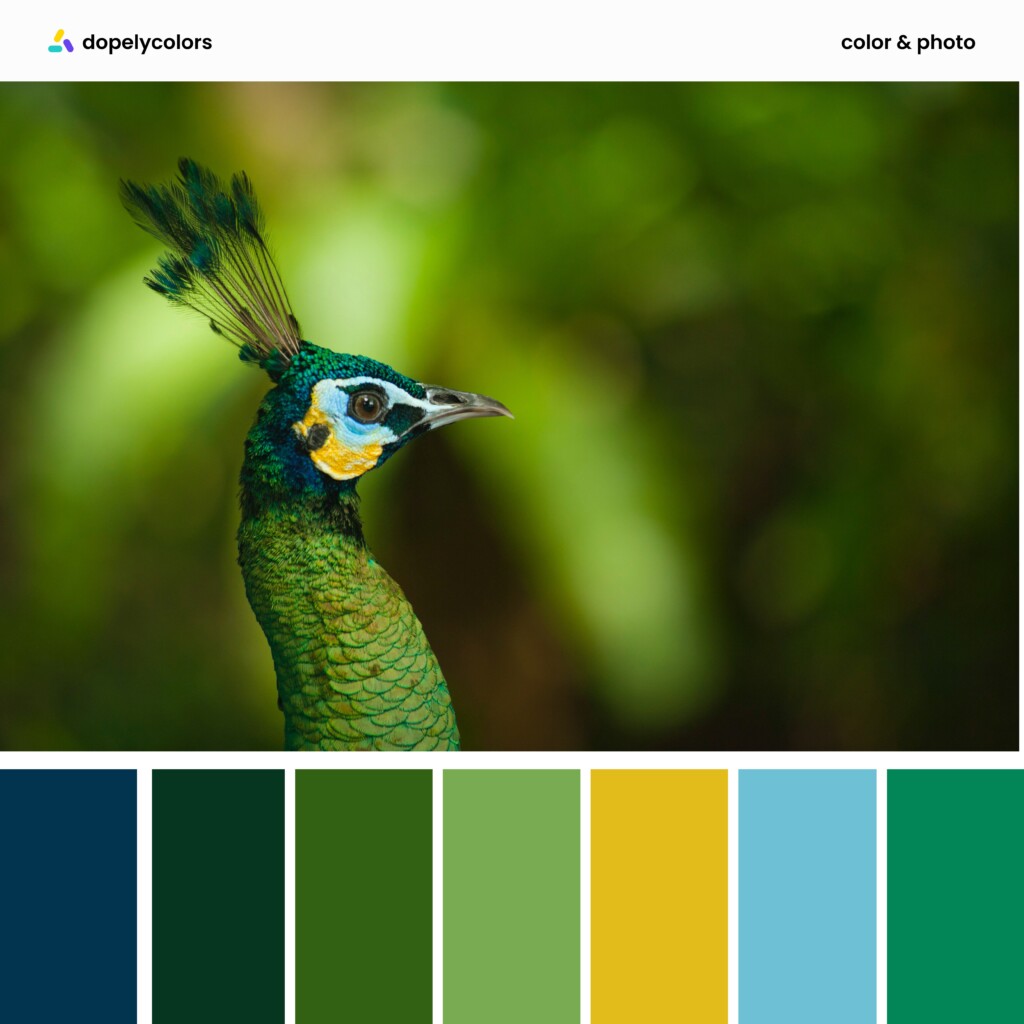


Last line
Well, Peacocks, these charming birds, attract all attention with their bright colors. Their bright colors can be an inspiration for many designers. Do you like the colors of the peacock? Want to use them in your palette?


